Home>Furniture>Outdoor Furniture>How To Get Rid Of Mosquitoes On Your Patio
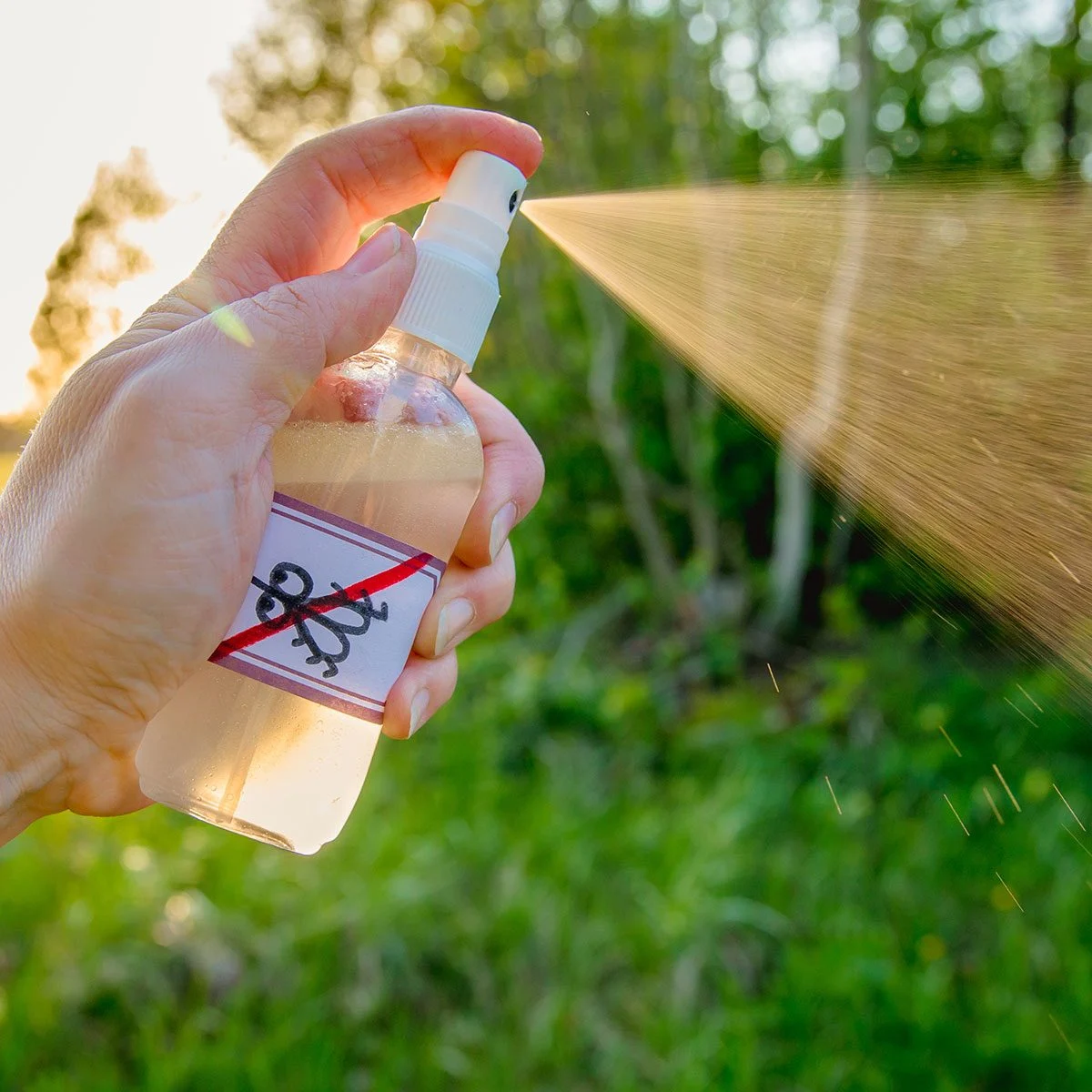

Outdoor Furniture
How To Get Rid Of Mosquitoes On Your Patio
Modified: October 20, 2024
Looking for ways to get rid of mosquitoes on your patio? Discover effective tips to protect your outdoor furniture and enjoy mosquito-free relaxation.
(Many of the links in this article redirect to a specific reviewed product. Your purchase of these products through affiliate links helps to generate commission for Storables.com, at no extra cost. Learn more)
Introduction
Welcome to your patio, the perfect oasis for relaxation and entertaining. But what happens when unwelcome guests, like mosquitoes, start crashing the party? Don’t let these pesky insects ruin your outdoor experience. In this article, we’ll explore effective ways to get rid of mosquitoes on your patio so that you can continue to enjoy the great outdoors in peace.
Understanding mosquitoes is key to controlling them. Mosquitoes are small, flying insects that breed in standing water. They are attracted to carbon dioxide, heat, and body odors, making humans prime targets for their feeding habits. Their itchy bites can not only be annoying but also carry diseases like West Nile virus and Zika virus. Hence, it’s important to take proactive measures to keep mosquitoes at bay and protect yourself and your loved ones.
Identifying the mosquito problem on your patio is the first step towards effective control. Look out for areas of standing water, such as bird baths, clogged gutters, or puddles, as these serve as breeding grounds for mosquitoes. Also, pay attention to the presence of mosquito larvae in these water sources, as they indicate an active infestation.
Removing standing water sources is crucial for mosquito control. Empty and clean any containers that collect water, including pots, buckets, and pet dishes. Ensure that gutters and downspouts are clear of debris and properly draining. Repair any plumbing leaks that create pools of water. By eliminating these breeding sites, you significantly reduce the mosquito population on your patio.
Keeping your patio clean and tidy can also discourage mosquitoes from hanging around. Remove any debris, fallen leaves, or long grass where mosquitoes may rest during the day. Trim back vegetation to reduce shady areas and create a less attractive habitat for mosquitoes. Regularly sweep your patio to remove food crumbs and spills that can attract other insects, which in turn can become a food source for mosquitoes.
Key Takeaways:
- Understanding mosquitoes’ behavior and preferences is crucial for effective control. Identifying and removing standing water sources, keeping the patio clean, and using repellents are key strategies to minimize mosquito presence.
- Planting mosquito-repelling plants, installing netting or screens, and seeking professional pest control assistance are additional measures to create a comfortable and enjoyable mosquito-free patio.
Read more: How To Get Rid Of Mosquitoes In The Kitchen
Understanding Mosquitoes
Mosquitoes may be small, but they can be a big nuisance. To effectively get rid of mosquitoes on your patio, it’s important to understand their behavior and habits.
Mosquitoes belong to the insect family Culicidae and are known for their distinctive long legs and narrow wings. There are thousands of mosquito species worldwide, but only a small fraction of them are responsible for transmitting diseases to humans.
Female mosquitoes are the ones that bite and feed on blood, as they require the protein from the blood to develop their eggs. Male mosquitoes, on the other hand, feed on nectar and plant juices. It is the female mosquitoes that pose a risk to humans, as they can transmit various diseases like malaria, dengue fever, yellow fever, and Zika virus.
Mosquitoes are attracted to their hosts by several factors. Firstly, they are drawn to the carbon dioxide we exhale. They can detect carbon dioxide from several meters away, which leads them to their potential blood meal. Additionally, mosquitoes are attracted to heat and body odor. Sweat and certain chemicals in our skin can make us more attractive to mosquitoes.
Mosquitoes are most active during dawn and dusk when the temperatures are cooler. They prefer to rest in dark and humid areas during the daytime, such as vegetation or shady spots on your patio. Understanding their behavior patterns and preferences can help you in implementing effective control measures.
It’s important to note that not all mosquitoes are created equal. Some species are more aggressive biters, while others may be less bothersome. Additionally, mosquito populations can vary depending on your geographical location and the time of year. By understanding the mosquito species prevalent in your area, you can tailor your mosquito control methods accordingly.
Now that you have a better understanding of mosquitoes and their behavior, let’s explore effective strategies to identify and eliminate them from your patio.
Identifying the Mosquito Problem on Your Patio
Before you can effectively get rid of mosquitoes on your patio, it’s important to identify the extent of the mosquito problem. Here are some steps to help you in this process:
1. Observe Mosquito Activity: Take note of the presence of mosquitoes on your patio. Are they constantly swarming around or just sporadically appearing? Do you notice an increase in mosquito activity during specific times of the day? Understanding their behavior patterns can help you assess the severity of the problem.
2. Look for Breeding Sites: Mosquitoes require standing water to reproduce and lay their eggs. Take a walk around your patio and look for any areas where water accumulates or stagnates. Common breeding sites include bird baths, old tires, buckets, clogged gutters, and flower pots. Mosquito larvae, commonly known as “wigglers,” may also be present in these water sources.
3. Check Hidden Areas: Mosquitoes are clever at finding secluded spots to rest during the day. Look for damp and shaded areas on your patio, such as under furniture, in cracks and crevices, or behind plants. These hiding spots can give you insight into where mosquitoes are likely to be lurking.
4. Monitor Biting Activity: If you or your family members are frequently getting bitten by mosquitoes on the patio, it’s a clear sign that there is a mosquito problem. Keep track of the frequency and severity of mosquito bites to evaluate the urgency of taking action.
5. Consider Local Factors: The mosquito problem on your patio may be influenced by external factors specific to your area. Factors such as climate, nearby bodies of water, and the prevalence of certain mosquito species can contribute to the mosquito population in your surroundings.
By carefully observing and identifying the mosquito problem on your patio, you can develop an appropriate plan of action to tackle the issue effectively. The next steps will involve implementing strategies to remove standing water sources, keeping your patio clean, and using mosquito repellents to create an unfriendly environment for these unwanted pests.
Removing Standing Water Sources
One of the most effective ways to get rid of mosquitoes on your patio is by eliminating their breeding grounds. Since mosquitoes lay their eggs and develop in standing water, removing these water sources is crucial. Here are some steps to take:
1. Check for Potential Water Collections: Walk around your patio and identify any objects or areas that can collect water. Common culprits include bird baths, flower pots, buckets, wheelbarrows, and children’s toys. Empty any standing water from these containers and store them upside down or in a covered area when not in use.
2. Maintain Gutters and Downspouts: Clogged or damaged gutters can become breeding sites for mosquitoes. Ensure that your gutters are clear of debris and properly draining. Repair any leaks or cracks in your gutters and downspouts to prevent water from accumulating.
3. Treat Pools, Ponds, and Fountains: If you have a pool, pond, or fountain on your patio, take measures to keep them mosquito-free. Regularly clean and maintain your pool to prevent it from becoming a mosquito breeding ground. Use appropriate treatments to keep pond water moving or use mosquito dunks that release bacteria toxic to mosquito larvae. In fountains, ensure that the water is circulating and not stagnant.
4. Drain Excess Water: If you have areas on your patio where water tends to accumulate, such as depressions or low spots, take steps to improve drainage. Fill in low spots with sand or topsoil to encourage proper water flow away from your patio.
5. Keep Rainwater Barrels Covered: If you have rainwater barrels for gardening or irrigation purposes, ensure that they are covered with tight-fitting lids or screens. This will prevent mosquitoes from accessing the standing water and laying their eggs.
6. Maintain Swimming Pool and Hot Tub: If you have a swimming pool or hot tub on your patio, make sure they are properly maintained with appropriate chemicals. Regularly check and clean the filters and skimmers to prevent mosquitoes from breeding in the pool or hot tub water.
By removing standing water sources on your patio, you eliminate potential breeding grounds for mosquitoes. This proactive step can significantly reduce the mosquito population and make your outdoor space less hospitable for these annoying insects. However, simply removing standing water may not be enough, and additional strategies like keeping your patio clean and using mosquito repellents are necessary for comprehensive mosquito control.
Keeping Your Patio Clean and Tidy
A clean and tidy patio not only enhances its visual appeal but also plays a significant role in preventing mosquito infestations. Here are some tips for maintaining a clean and mosquito-free outdoor space:
1. Sweep and Remove Debris: Regularly sweep your patio to remove leaves, twigs, and other debris that may accumulate. These items can collect moisture and provide hiding spots for mosquitoes. Dispose of the collected debris properly to prevent it from becoming a potential breeding ground.
2. Trim Vegetation: Overgrown vegetation can provide shelter and shade for mosquitoes during the day. Trim back bushes, shrubs, and tree branches that are near or touching your patio. This will not only reduce the number of resting spots for mosquitoes but also increase air circulation, making it less appealing for them to hang around.
3. Eliminate Puddles: After rainfall, check your patio for any puddles or areas where water has collected. Use a squeegee or mop to remove the standing water and allow the surface to dry. Additionally, fill in any low spots or depressions that tend to hold water to prevent future puddling.
4. Store Firewood Properly: If you have firewood on your patio, make sure it is stored away from your seating area. Stacked firewood can provide a damp and sheltered environment, which mosquitoes may find attractive. Store the firewood in a dry, elevated location to deter mosquitoes from taking up residence.
5. Clean Outdoor Furniture: Regularly clean your outdoor furniture, including tables, chairs, and cushions. Wipe down the surfaces to remove any food crumbs, spills, or sweat that can attract mosquitoes. Consider using mosquito-repellent sprays or wipes on the furniture for added protection.
6. Maintain Pet Areas: If you have pets that spend time on the patio, be sure to keep their areas clean. Remove any pet waste promptly, as it can become a breeding site for mosquitoes. Also, clean and refill their water bowls regularly to prevent stagnation.
7. Consider Potted Plants: While potted plants can add beauty to your patio, they can also collect water in their saucers or trays. To prevent mosquitoes from using these as breeding sites, empty any excess water from the saucers and ensure proper drainage for the plants.
By keeping your patio clean and tidy, you remove potential hiding spots and eliminate attractions for mosquitoes. This, coupled with the proactive step of removing standing water sources, creates an environment that is less inviting to mosquitoes and reduces the likelihood of infestation. However, for comprehensive mosquito control, it’s important to combine these measures with other strategies like using mosquito repellents and planting mosquito-repelling plants.
Using Mosquito Repellents
Mosquito repellents are a popular and effective tool in the fight against these bothersome insects. By using mosquito repellents on your patio, you can create a barrier that deters mosquitoes from landing on you or your guests. Here are some options to consider:
1. DEET-Based Repellents: DEET (N,N-Diethyl-meta-toluamide) is a common active ingredient in mosquito repellents. It is effective at repelling mosquitoes and other biting insects. Look for mosquito repellent products that contain a concentration of 20% to 50% DEET for optimal effectiveness. Apply the repellent according to the instructions on the label, focusing on exposed skin areas.
2. Picaridin-Based Repellents: Picaridin is another active ingredient commonly found in mosquito repellents. It is a synthetic compound that provides effective protection against mosquitoes. Like DEET, look for products containing 20% to 50% picaridin and follow the instructions for application.
3. Natural Repellents: If you prefer to use natural or plant-based repellents, there are several options available. Essential oils such as citronella, lemon eucalyptus, lavender, and peppermint are known to have mosquito-repelling properties. Look for products that contain these essential oils or consider making your own homemade repellent using a combination of these oils diluted in a carrier oil.
4. Wear Protective Clothing: Another way to use mosquito repellents is by wearing clothing that provides physical protection. Opt for long-sleeved shirts, long pants, and socks to minimize exposed skin. Consider treating your clothing with permethrin, an insect repellent that can be applied to fabric, for enhanced protection.
5. Use Repellent Bracelets or Bands: Repellent bracelets or bands are convenient options for mosquito protection. These wearable devices usually contain citronella or other natural repellents and can be worn on the wrist or ankle. While they may not provide as long-lasting protection as other repellents, they offer a portable and hassle-free solution.
6. Follow Safety Precautions: When using mosquito repellents, it’s important to follow safety precautions. Avoid applying repellents to open wounds or irritated skin. Do not use repellents directly on the face; instead, apply to hands and then gently rub onto the face, avoiding the eyes and mouth. Wash off the repellent after returning indoors, and always read and follow the instructions on the product label.
Remember that mosquito repellents provide temporary protection and may need to be reapplied periodically, especially if you are sweating or exposed to water. Additionally, while repellents can significantly reduce mosquito bites, they may not completely eliminate mosquitoes from your patio. Complementing the use of repellents with other control methods, such as removing standing water and keeping your patio clean, will yield the best results in mosquito management.
To get rid of mosquitoes on your patio, try using citronella candles or torches, installing a mosquito net, and removing any standing water where mosquitoes can breed.
Planting Mosquito-Repelling Plants
Another natural and eco-friendly approach to combat mosquitoes on your patio is by planting mosquito-repelling plants. These plants contain natural compounds that mosquitoes find unattractive, helping to deter them from your outdoor space. Here are some mosquito-repelling plants to consider:
1. Citronella: Perhaps the most well-known mosquito-repelling plant, citronella emits a strong fragrance that masks the scents that attract mosquitoes. Plant citronella grass in pots or in areas where you spend time on your patio. Crush the leaves to release the scent and enhance its mosquito-repelling effects.
2. Lavender: Not only known for its pleasant scent, lavender is also a natural mosquito repellent. The essential oil found in lavender plants has mosquito-repelling properties. Plant lavender in your patio garden or place potted lavender plants around your seating area to enjoy its fragrance while keeping mosquitoes at bay.
3. Marigolds: Vibrant and beautiful, marigolds serve a dual purpose in your patio garden. These flowers contain a natural compound called pyrethrum, which repels mosquitoes. Plant marigolds around the perimeter of your patio or in pots near seating areas to create a mosquito-repellent barrier.
4. Catnip: While catnip may attract cats, it repels mosquitoes. This member of the mint family contains an essential oil called nepetalactone, which is known for its mosquito-repelling properties. Plant catnip in pots around your patio or rub the leaves on your skin for added protection.
5. Basil: Not just a popular herb for cooking, basil also has mosquito-repelling properties. The strong aroma of basil plants is disliked by mosquitoes. Plant basil near your patio seating area or use it in planters on your patio to keep mosquitoes away while adding a fresh and flavorful touch to your outdoor space.
6. Lemon Balm: Lemon balm, with its citrusy scent, is a great addition to any patio garden. Not only does it repel mosquitoes, but it also attracts beneficial insects like bees and butterflies. Plant lemon balm in pots or as a border around your patio to enjoy its mosquito-repelling benefits.
When planting mosquito-repelling plants, consider their maintenance requirements, sun exposure, and compatibility with your patio’s climate. Regularly water and maintain the plants to ensure their continued effectiveness. Additionally, using a combination of these mosquito-repelling plants will provide a more comprehensive mosquito control strategy for your patio.
While mosquito-repelling plants can be a helpful addition to your patio, it’s important to note that their effects may vary depending on factors such as the specific mosquito species in your area and the density of the plantings. Therefore, it’s recommended to combine the use of mosquito-repelling plants with other control methods like removing standing water and using mosquito repellents to maximize mosquito protection on your patio.
Installing Mosquito Netting or Screens
If you’re looking for a physical barrier to keep mosquitoes out while still enjoying the fresh air on your patio, consider installing mosquito netting or screens. Mosquito netting and screens create a protective enclosure that prevents mosquitoes from entering your outdoor space. Here’s how you can effectively use them:
1. Screened-in Patio: If you have a covered patio or a gazebo, enclosing it with screens is an excellent way to keep mosquitoes at bay. Install screens on all sides, including windows and doors, to create a fully enclosed space. Ensure that the screens are properly sealed and free of any gaps or tears that mosquitoes could squeeze through.
2. Retractable Screens: If you prefer the flexibility of being able to open up your patio space on certain occasions, consider installing retractable screens. These screens can be rolled up or down as needed, allowing you to enjoy an open patio when mosquito activity is low and providing protection when the insects are more prevalent.
3. Mosquito Netting for Seating Areas: Create a cozy and mosquito-free outdoor seating area by installing mosquito netting around your patio furniture. This can be achieved using curtain-style netting that can be draped or tied around the desired area. Ensure that the netting extends to the ground to prevent mosquitoes from entering from below.
4. Hanging Mosquito Nets: For a more intimate setting, consider using hanging mosquito nets. Hang them from a pergola, roof, or other structures above your patio seating area. These nets not only provide protection from mosquitoes but also add a touch of elegance and romantic ambiance to your outdoor space.
5. Zippered Screen Doors: If your patio has a door leading to the outdoors, install a zippered screen door. This allows you to keep the door open for fresh air while still preventing mosquitoes from entering your home. Ensure that the zipper closure is secure and that there are no gaps or holes in the screen for mosquitoes to sneak through.
By installing mosquito netting or screens, you create a physical barrier that effectively keeps mosquitoes out of your patio area, allowing you to enjoy the outdoors in comfort. However, it’s important to periodically inspect the netting or screens for any damage or wear and tear, and promptly repair or replace them as needed to ensure their continued effectiveness.
Combining the use of mosquito netting or screens with other mosquito control methods, such as removing standing water and using mosquito repellents, can provide comprehensive protection and enhance your enjoyment of your patio throughout the mosquito season.
Using Citronella Candles or Torches
If you’re searching for a simple and ambient way to repel mosquitoes on your patio, consider using citronella candles or torches. Citronella is a natural oil derived from certain varieties of grass and is known for its mosquito-repelling properties. Here’s how you can effectively use citronella candles or torches:
1. Choose Quality Products: When purchasing citronella candles or torches, opt for high-quality products that contain a significant amount of citronella oil. This ensures that the candles or torches emit a strong and effective scent to repel mosquitoes. Look for well-known brands and read reviews to gauge their effectiveness.
2. Place Strategically: Position citronella candles or torches strategically around your patio to create a mosquito-repellent barrier. Place them near seating areas, entrances, or areas prone to mosquito activity. Keep in mind that the scent of citronella can be effective in a limited range, so consider the size of your patio when determining the number of candles or torches needed.
3. Light in Advance: To allow the citronella oil to fully release its scent, light the candles or torches about 15-30 minutes before you plan to spend time on your patio. This gives the area time to fill with the mosquito-repelling fragrance, creating a more effective barrier against these pests.
4. Keep Candles or Torches Secure: Ensure that the citronella candles or torches are placed in stable holders and cannot be easily knocked over or blown away by the wind. This minimizes the risk of accidents and allows the candles or torches to burn evenly and effectively throughout their lifespan.
5. Consider Wind Conditions: Keep in mind that the effectiveness of citronella candles or torches can be diminished in windy conditions. If you’re experiencing strong winds, consider using citronella candles with lids or enclosed torches that provide better protection against the wind. Alternatively, you can position the candles or torches in strategic wind-sheltered areas.
6. Supplement with Other Methods: While citronella candles and torches can be effective in repelling mosquitoes, they may not provide complete protection on their own. It’s best to use them in conjunction with other mosquito control methods, such as removing standing water, keeping your patio clean, and using personal mosquito repellents, for comprehensive mosquito control.
Remember to exercise caution when using citronella candles or torches. Always follow the manufacturer’s instructions, including guidelines for safe use and proper extinguishing. Additionally, keep in mind that while citronella can help repel mosquitoes, it may not eliminate them entirely. By combining the use of citronella candles or torches with other control measures, you can create a more mosquito-free environment on your patio and enjoy your outdoor space to the fullest.
Read more: How To Get Rid Of Ants On The Patio
Employing Mechanical Traps or Bug Zappers
If you’re looking for an active approach to dealing with mosquitoes on your patio, consider employing mechanical traps or bug zappers. These devices use various methods to attract and capture or eliminate mosquitoes. Here’s how you can effectively use them:
1. Mechanical Mosquito Traps: Mechanical traps work by attracting mosquitoes using various means, such as heat, light, or carbon dioxide, and then trapping them within the device. There are different types of mechanical traps available, including fan traps and vacuum traps. These traps can be placed strategically around your patio to lure and capture mosquitoes, reducing their population.
2. Bug Zappers: Bug zappers are devices that use ultraviolet light to attract mosquitoes and other flying insects. When the mosquitoes come into contact with the electric grid around the light, they are electrocuted and killed. Bug zappers should be placed away from seating areas on your patio to attract the mosquitoes away from you and towards the device.
3. Selecting the Right Device: When choosing mechanical traps or bug zappers, opt for devices that are specifically designed for outdoor use and are effective for mosquitoes. Look for reputable brands and read customer reviews to ensure their effectiveness. Consider the coverage area of the device and choose one that suits the size of your patio.
4. Placement and Installation: Proper placement is crucial for the effectiveness of mechanical traps or bug zappers. Follow the manufacturer’s instructions for installation and positioning. Make sure the traps or zappers are positioned in areas where mosquitoes are most active, away from people and seating areas to minimize the chance of being bitten.
5. Regular Maintenance and Cleaning: Mechanical traps and bug zappers require regular maintenance to remain effective. Follow the manufacturer’s instructions for cleaning and maintaining these devices. Empty and clean the trapping compartments regularly to prevent the buildup of mosquitoes and other trapped insects.
6. Consider the Environmental Impact: While mechanical traps and bug zappers can be effective at reducing the mosquito population, they may also affect other beneficial insects. Be mindful of the potential impact on pollinators and other non-targeted insects. Consider using these devices in combination with other control methods to minimize the overall impact on the ecosystem in your patio area.
It’s important to note that mechanical traps and bug zappers may not completely eliminate mosquitoes from your patio. They are more effective at reducing the local population and providing some relief from mosquito bites. For comprehensive mosquito control, it’s recommended to combine the use of mechanical traps or bug zappers with other control measures, such as removing standing water, keeping your patio clean, and using mosquito repellents.
By employing mechanical traps or bug zappers, you can actively target and reduce the mosquito population on your patio, creating a more enjoyable outdoor environment for you and your guests.
Seeking Professional Pest Control Assistance
If you’ve tried various methods to get rid of mosquitoes on your patio and are still facing recurring mosquito problems, it may be time to seek professional pest control assistance. Pest control professionals have the expertise, knowledge, and tools to effectively eliminate mosquitoes and keep them at bay. Here’s why you should consider seeking professional help:
1. Tailored Solutions: Professional pest control technicians will assess the specific needs and requirements of your patio and develop a customized plan to address the mosquito infestation. They will consider factors such as the size of your patio, the severity of the infestation, and any potential breeding sites that may be contributing to the problem.
2. Expertise and Experience: Pest control professionals are trained and experienced in dealing with various types of pest infestations, including mosquitoes. They have a deep understanding of mosquito biology, behavior, and effective control methods. Their expertise enables them to implement the most appropriate strategies to eradicate mosquitoes and prevent future infestations.
3. Safety Measures: Pest control companies adhere to strict safety guidelines and regulations in their treatment methods. They are knowledgeable about the proper application of pesticides and other control measures to ensure the safety of you, your family, and the environment. Professionals use safe and effective products that target mosquitoes while minimizing any potential risk to humans and non-targeted species.
4. Long-Term Solutions: Professional pest control companies not only focus on immediate mosquito elimination but also provide long-term solutions. They assess the overall conditions and potential breeding areas on your patio and implement measures to address these issues. This includes eliminating standing water sources, implementing preventive measures, and providing recommendations for ongoing mosquito control.
5. Time and Effort Savings: Seeking professional pest control assistance saves you the time and effort of trying multiple DIY methods that may not be effective. Pest control technicians have the necessary tools, equipment, and products to address the mosquito problem efficiently and effectively. This allows you to reclaim your patio and enjoy mosquito-free outdoor activities without the hassle of ongoing maintenance.
6. Peace of Mind: Engaging professional pest control services gives you peace of mind, knowing that experts are handling the mosquito infestation on your patio. You can trust that they will employ the most effective techniques to eliminate mosquitoes and provide you with a comfortable and enjoyable outdoor space.
When selecting a pest control company, choose a reputable and licensed provider. Research customer reviews, ask for recommendations, and inquire about their specific expertise in dealing with mosquitoes. Make sure to communicate your concerns and expectations clearly so that the technician can tailor the treatment plan accordingly.
By seeking professional pest control assistance, you can effectively address the mosquito problem on your patio and enjoy a mosquito-free outdoor experience. Their expertise, customized solutions, and long-term strategies will provide you with the mosquito control you need to fully enjoy your outdoor space.
Conclusion
Getting rid of mosquitoes on your patio is essential for creating a comfortable and enjoyable outdoor space. By implementing the strategies outlined in this article, you can effectively control and minimize the presence of mosquitoes on your patio. Let’s recap the key points:
– Understanding mosquitoes is the first step towards effective control. By knowing their behavior and preferences, you can tailor your mosquito control efforts accordingly.
– Identifying the mosquito problem on your patio helps in implementing appropriate control measures. Look for breeding sites and take note of mosquito activity to assess the severity of the infestation.
– Removing standing water sources is crucial for mosquito control. Regularly empty containers, maintain gutters, and improve drainage to eliminate potential breeding grounds.
– Keeping your patio clean and tidy reduces mosquito hiding spots and eliminates attractions for them. Regularly sweep, trim vegetation, and maintain a tidy outdoor space.
– Using mosquito repellents, both chemical and natural, provides an additional layer of protection. Apply repellents to exposed skin and consider wearing protective clothing.
– Planting mosquito-repelling plants like citronella, lavender, and marigolds can help deter mosquitoes. Incorporate these plants into your patio garden to enhance your mosquito control efforts.
– Installing mosquito netting or screens creates a physical barrier that keeps mosquitoes out while still allowing fresh air to flow into your patio.
– Citronella candles or torches emit a fragrance that repels mosquitoes and can create a pleasant atmosphere on your patio.
– Mechanical traps or bug zappers actively capture or eliminate mosquitoes. These devices can help reduce the mosquito population on your patio.
– If you continue to face persistent mosquito problems, seeking professional pest control assistance ensures effective and tailored solutions.
By combining these strategies and customizing them to your specific patio needs, you can significantly reduce the presence of mosquitoes and enjoy a mosquito-free outdoor experience.
Remember, mosquito control is an ongoing effort. Regular maintenance and vigilance are necessary to keep your patio mosquito-free. Stay proactive, address potential breeding sites, and implement preventive measures to ensure long-term success in managing mosquitoes on your patio.
With the right approach and a combination of mosquito control methods, you can reclaim your patio and create a peaceful outdoor haven free from the annoyance of mosquitoes.
Frequently Asked Questions about How To Get Rid Of Mosquitoes On Your Patio
Was this page helpful?
At Storables.com, we guarantee accurate and reliable information. Our content, validated by Expert Board Contributors, is crafted following stringent Editorial Policies. We're committed to providing you with well-researched, expert-backed insights for all your informational needs.
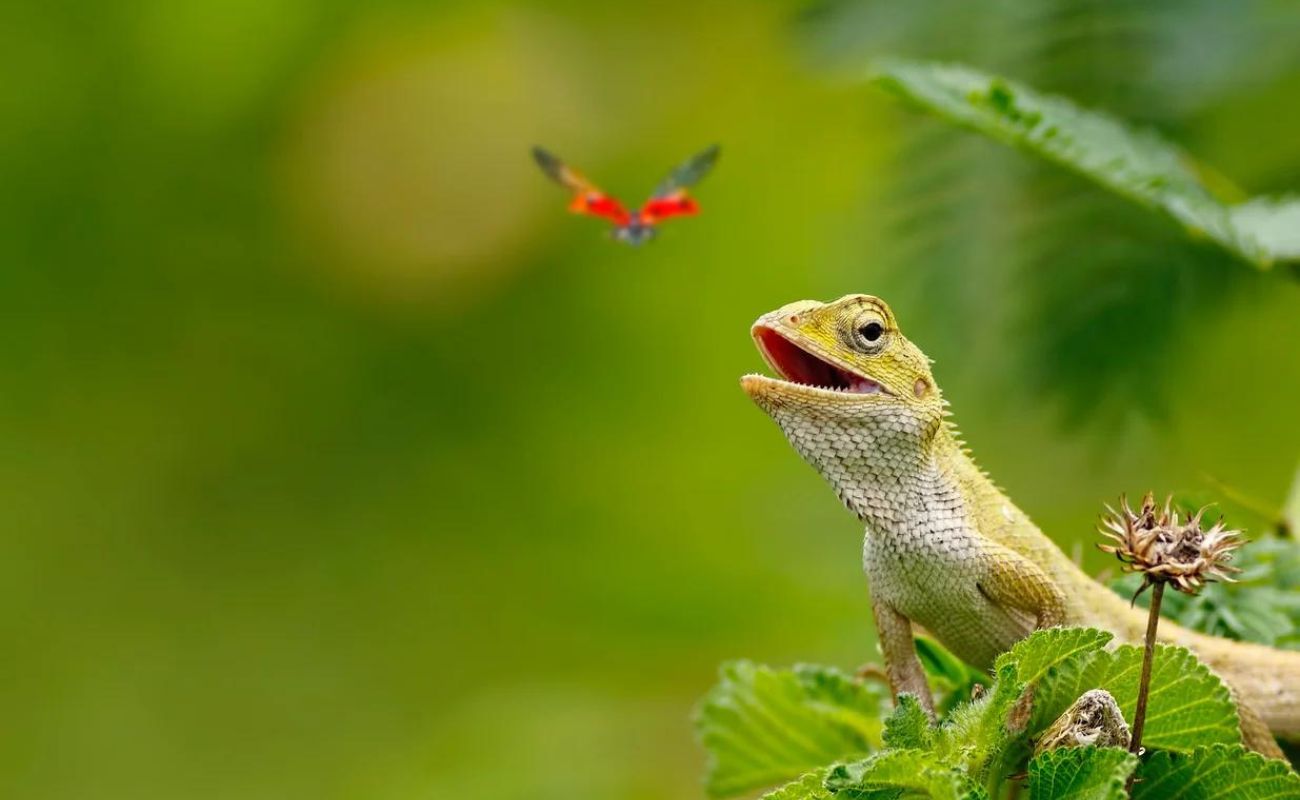
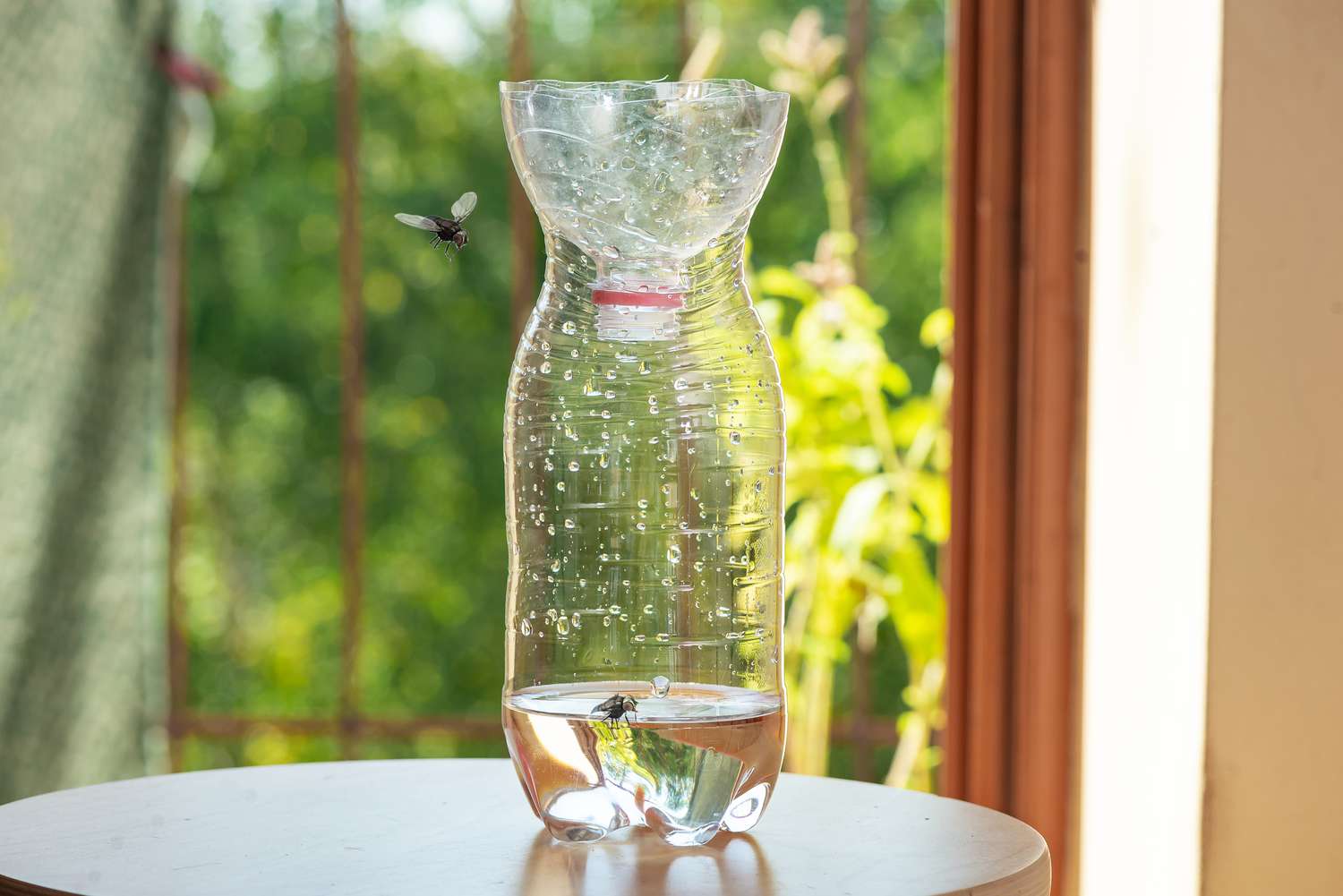
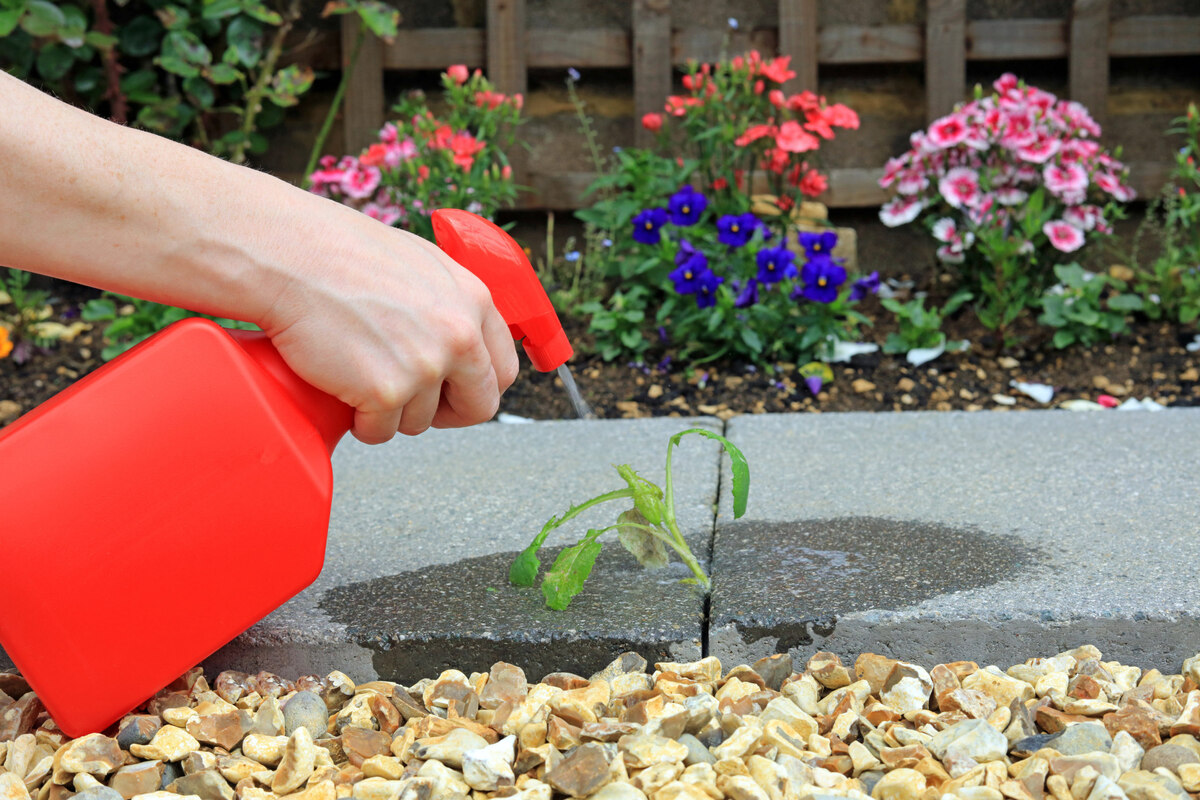
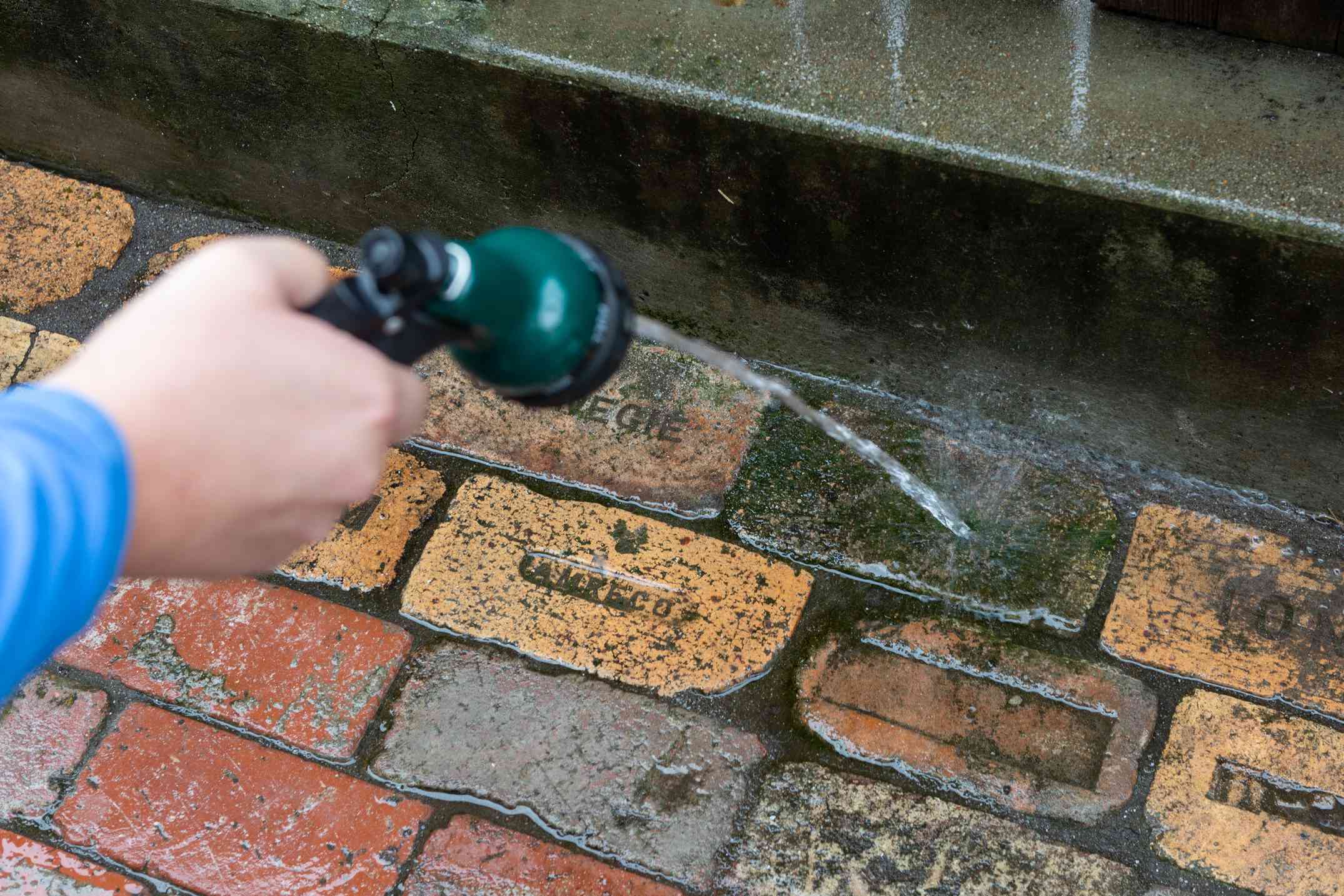
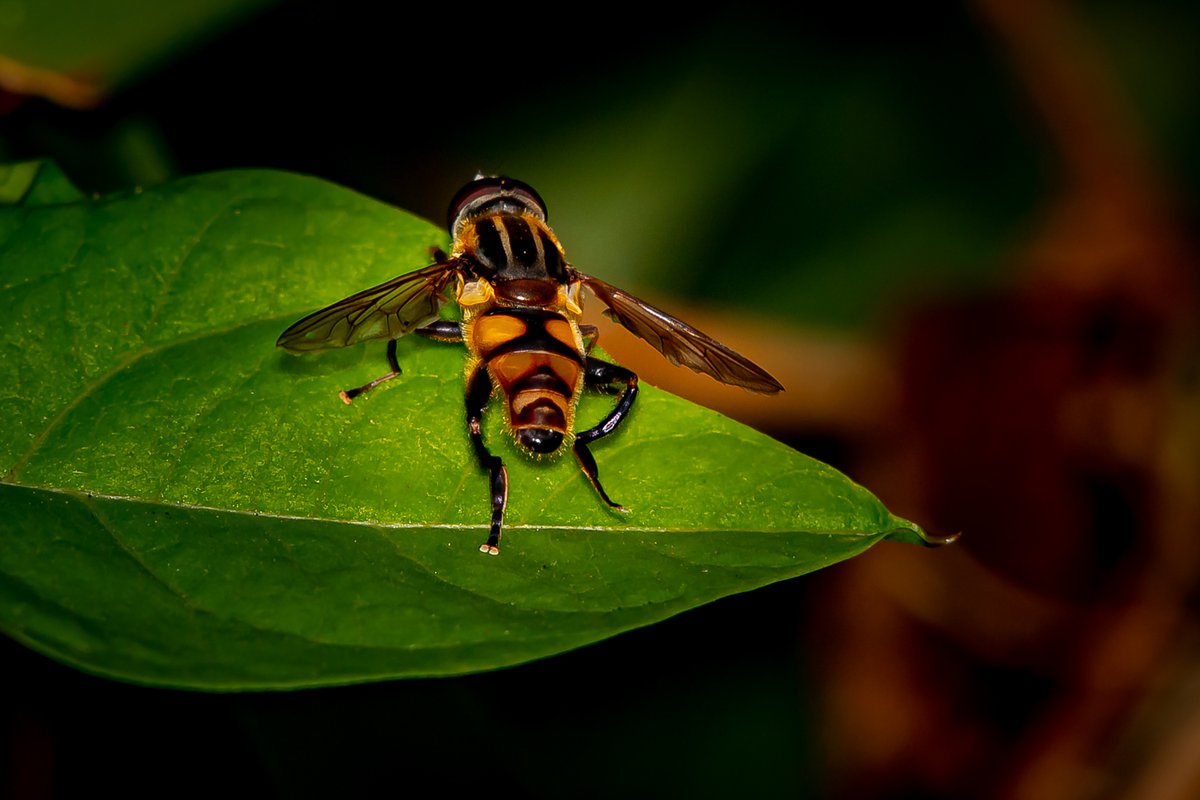
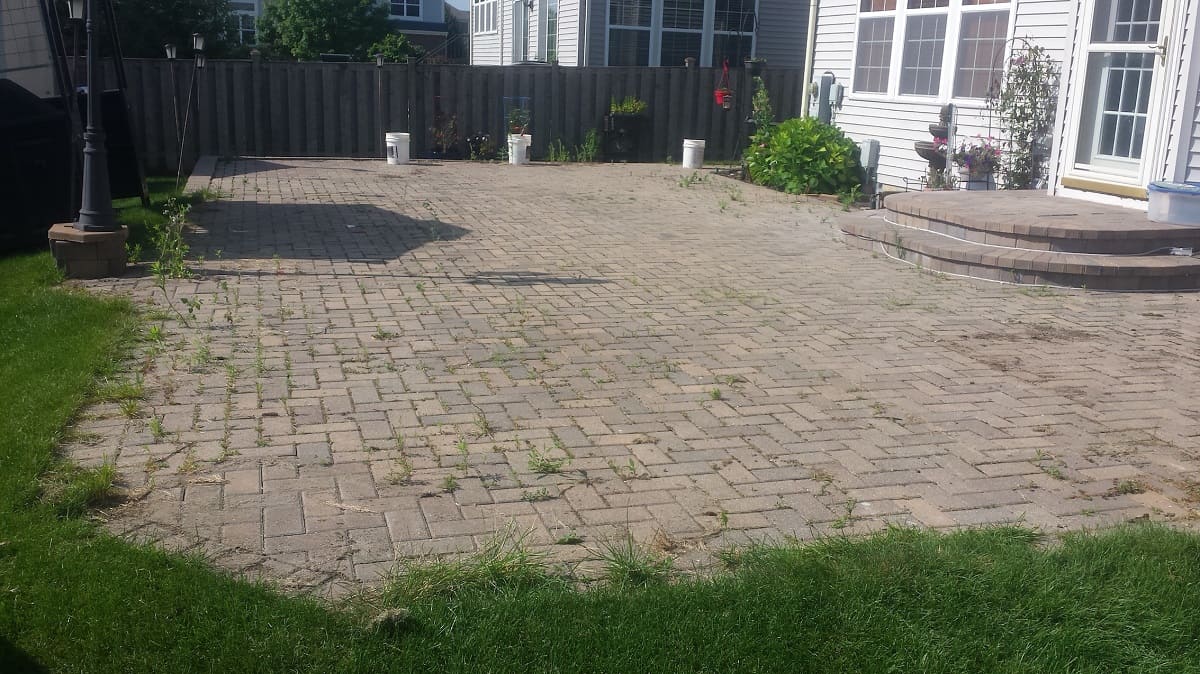

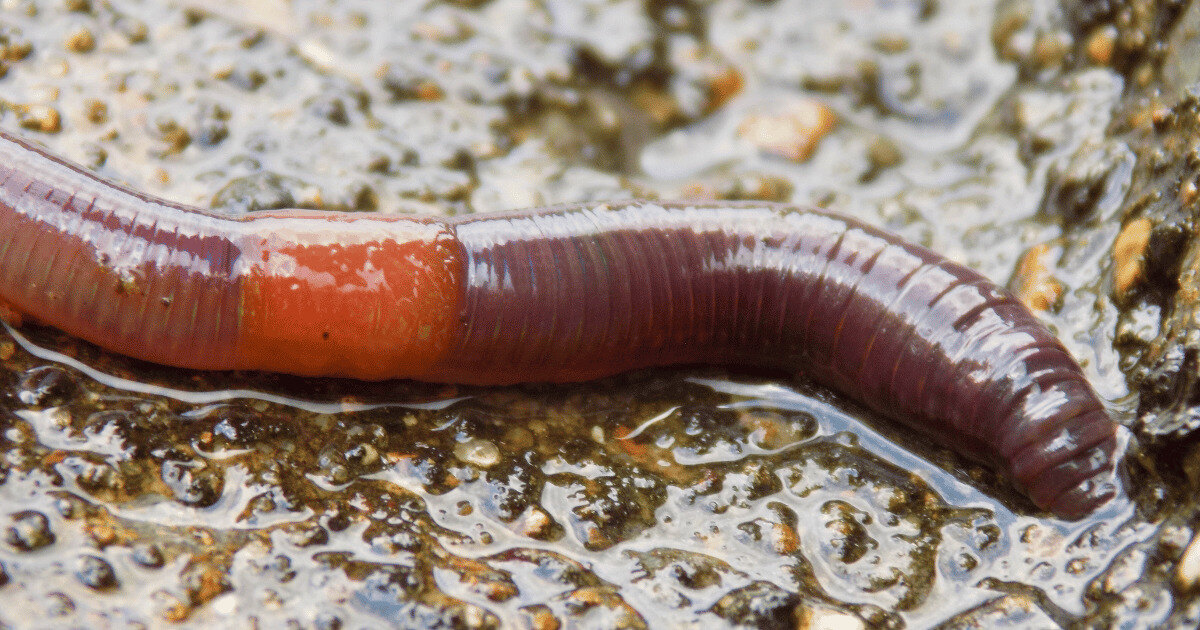
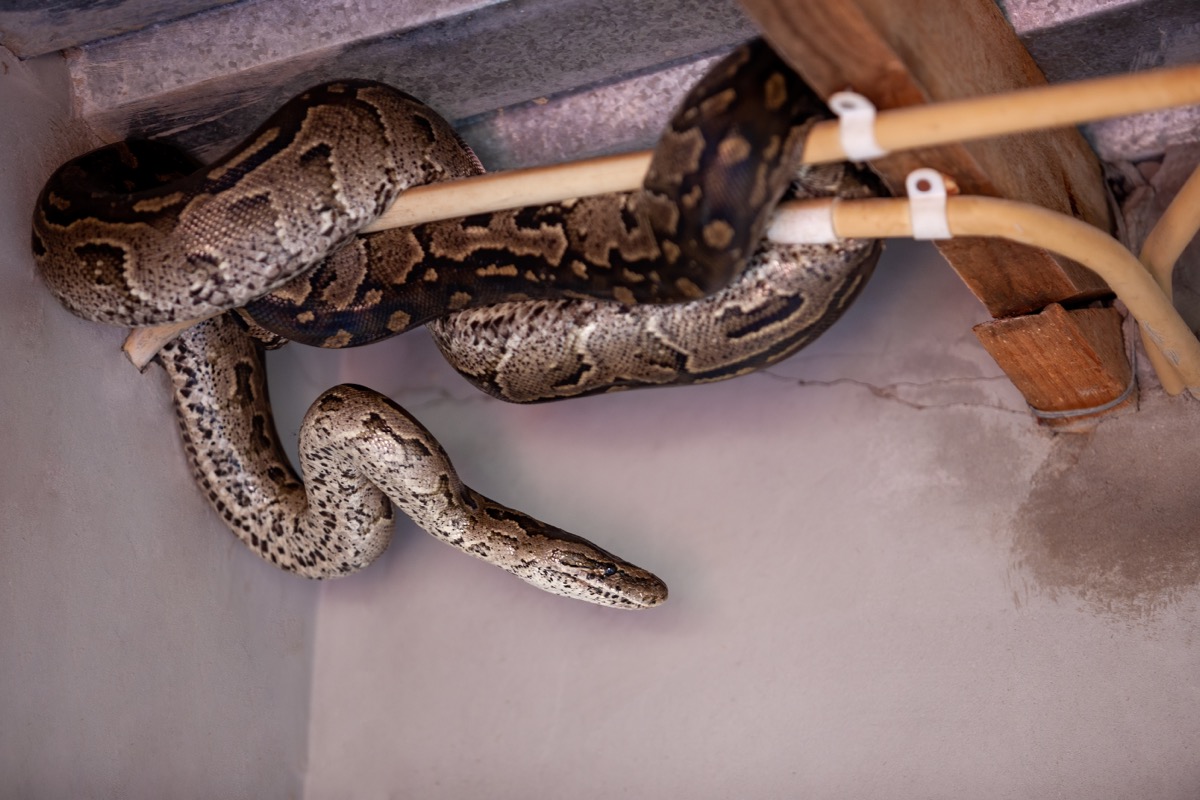
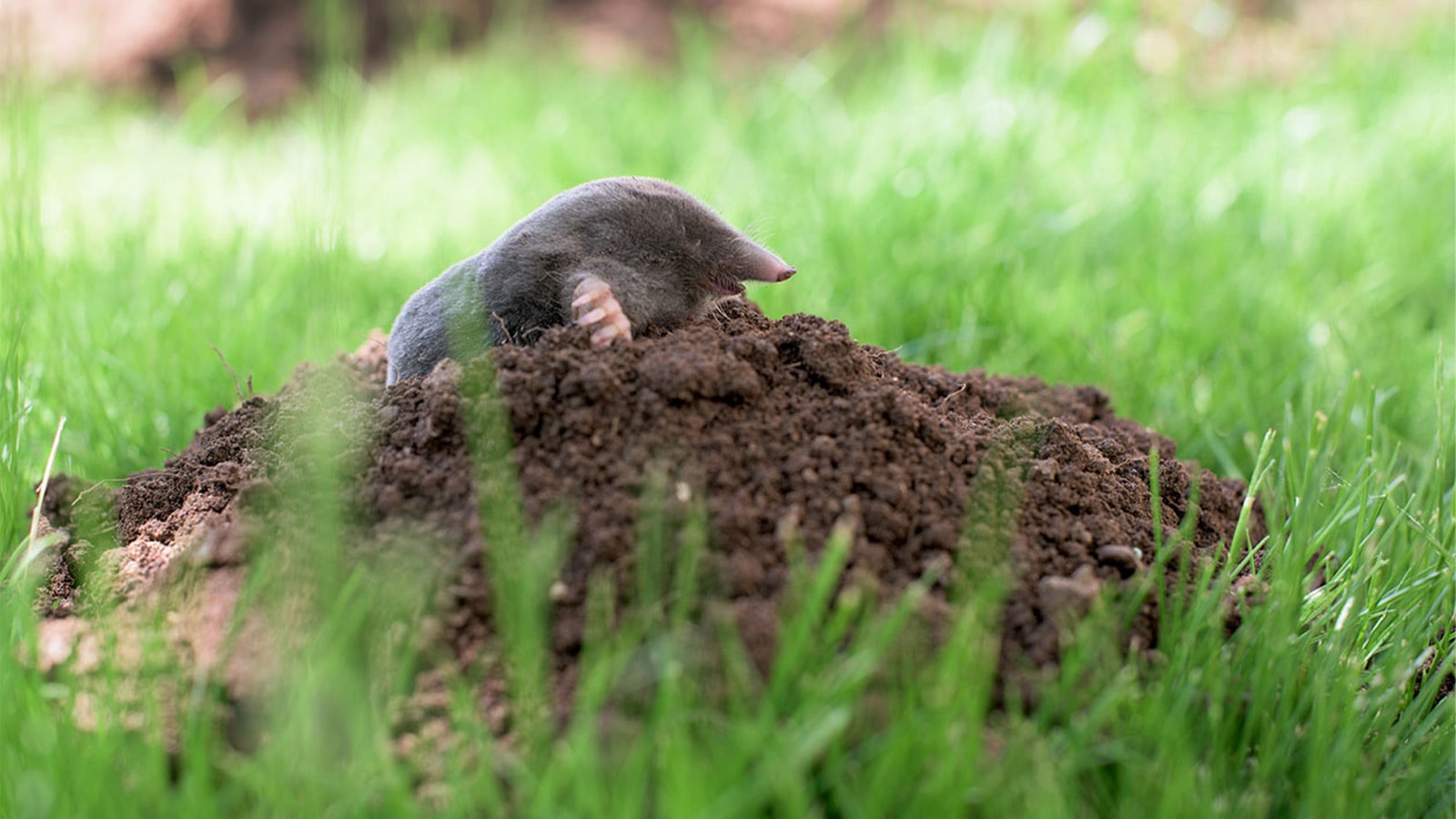

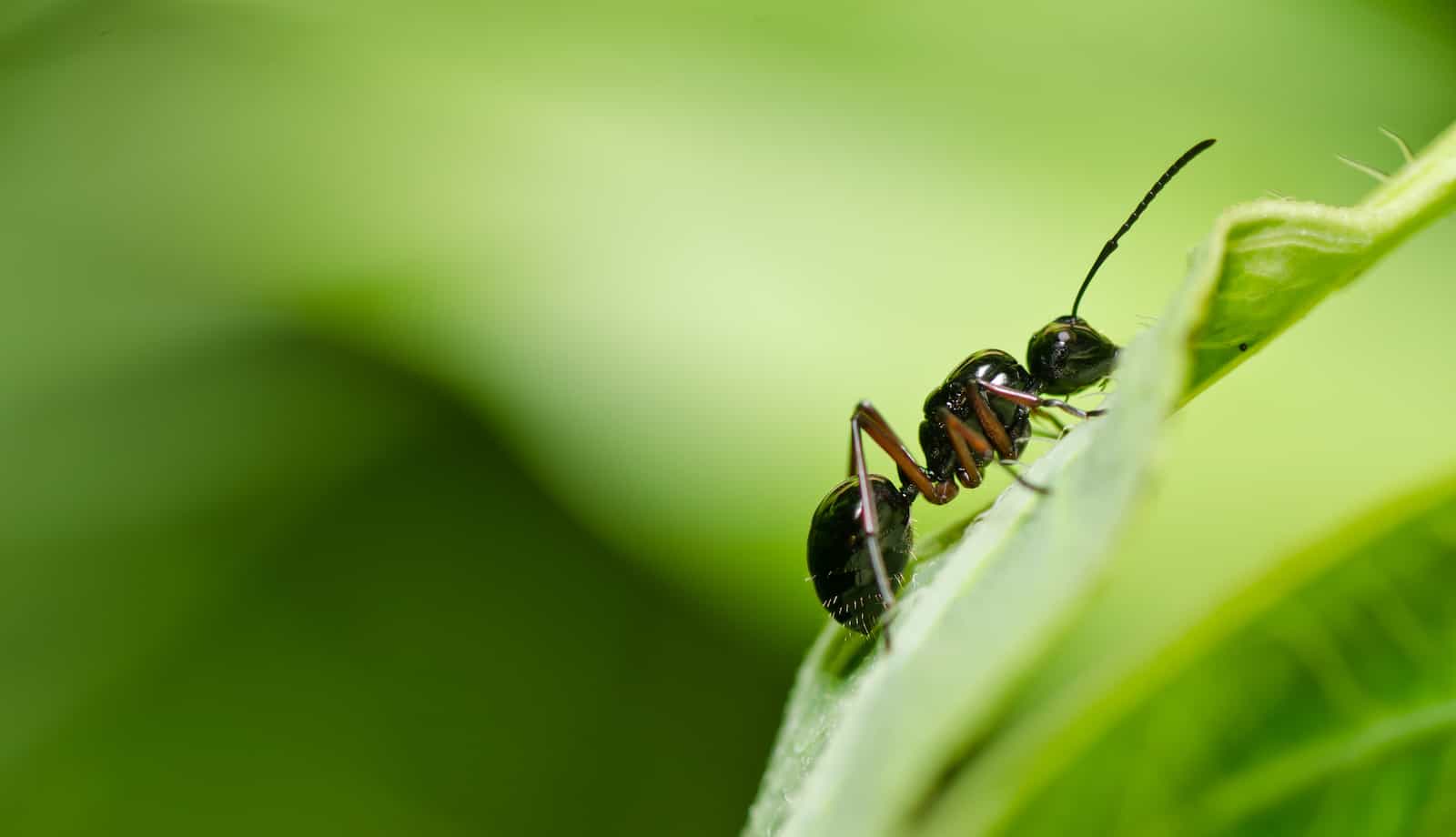
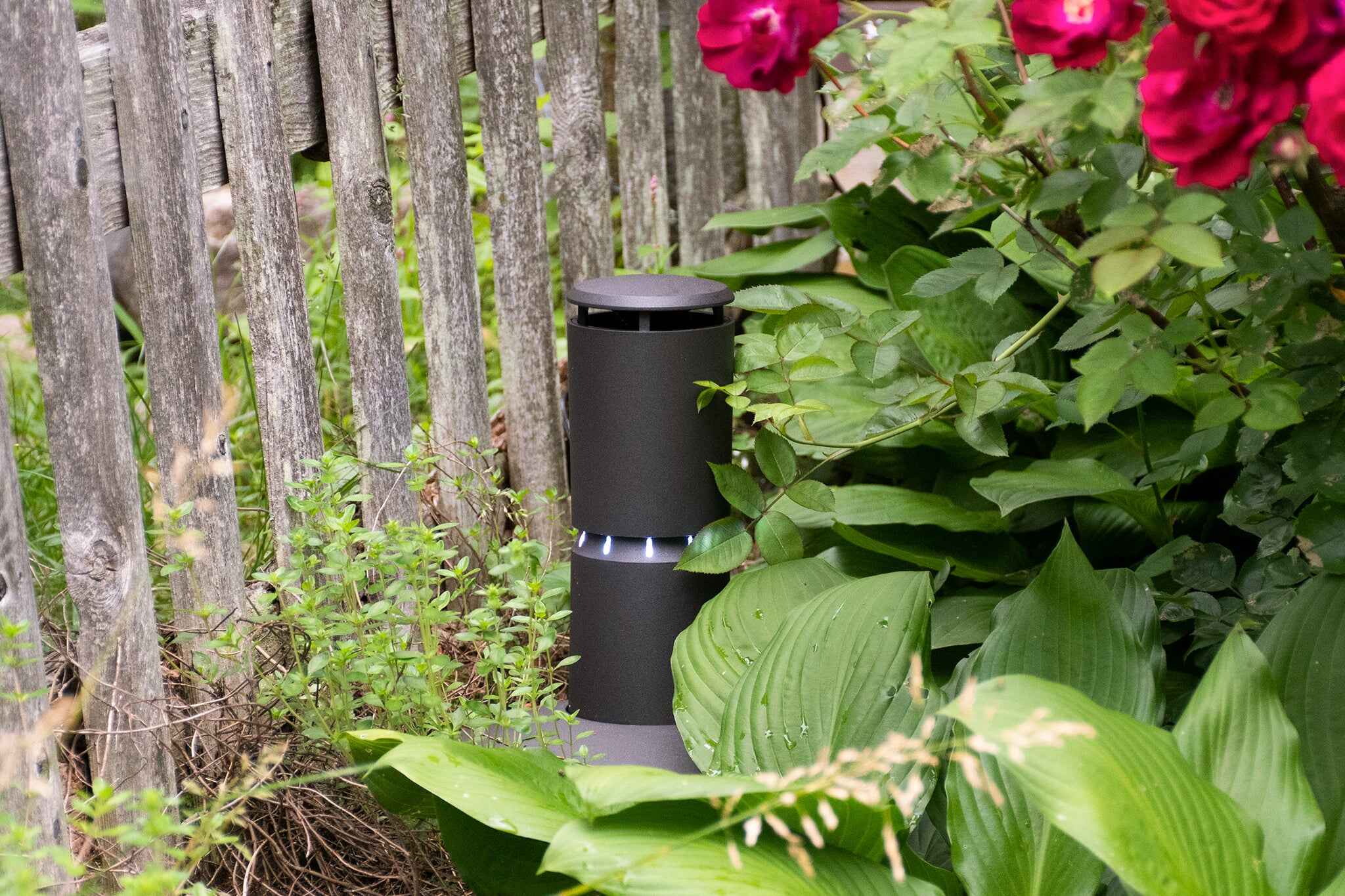

0 thoughts on “How To Get Rid Of Mosquitoes On Your Patio”